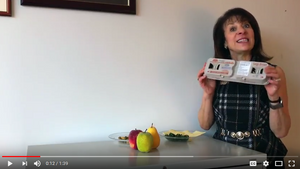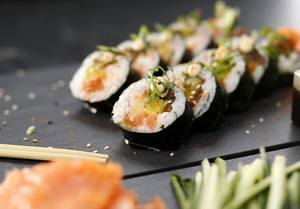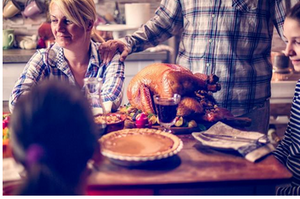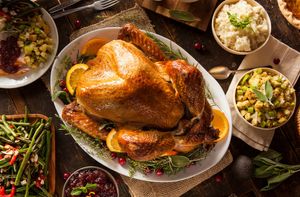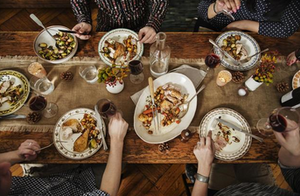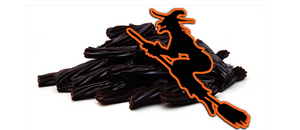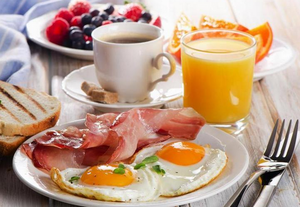
Over 30 years ago, I thought I had the answer to losing weight. I was so excited about this hunch that I decided to do my master thesis on this topic. My hypothesis was this: If you ate the majority of your daily calories earlier in the day rather than banking them at night (which the majority of currently do), this eating pattern would be kinder to your waist. At that time, there was very limited research on this topic so all I had to go on was a couple of puny human study and some rat studies. I obtained my Master of Science degree in nutrition, bound the thesis, and let it sit on a bookshelf collecting dust for decades.
Ongoing research appears to support this hunch. In a study that was presented at a recent Endocrine Society conference, 29 adults who had both obesity and type 2 diabetes were randomly assigned to two different weight loss diets containing 1,500 to 1,800 calories. One group ate three meals daily with a large breakfast, medium-sized lunch and a small dinner. The other group ate the diet distributed among six small meals throughout the day. At the end of the three-month study, the folks in breakfast group lost a little over 11 pounds while the other group gained about a half a pound, on average. Those in the breakfast group also had a significantly greater drop in their blood glucose levels during and after the end of the study. “The hour of the day—when you eat and how frequently you eat—is more important than what you eat and how many calories you eat,” claims Daniela Jakubowicz MD, who was the lead researcher on this study.
This isn’t the first time that Dr. Jakubowicz’s research has showed this effect. In another study published in Obesity, she and her research team randomly assigned 50 overweight women to a 1,400-calorie diet that consisted of a breakfast of 700 calories, a lunch of 500 calories, and a dinner of 200 calories or the same calories but with the breakfast and dinner meals were switched. While it’s not surprising that both groups shed a significant amount of pounds on this very low calorie diet, surprisingly, those in the big breakfast group lost an average of just over 19 pounds compared to only about 8 pounds in the large dinner group. The breakfast group also lost twice as many inches around their waists than the large dinner eaters. Since the hormone ghrelin, which increases your appetite, was lower during the day in the breakfast group, these women also experienced higher levels of satiety, or that filling of fullness, throughout the day.
Researchers speculate that the body’s circadian rhythms may be the reason . Circadian rhythms are the 24-hour rhythms in your body and are driven by the master clock in your hypothalamus, which are in lockstep with your everyday light and dark cycle. There are also similar clocks in your peripheral organs such as your liver and gut and in your muscle and fat tissues, which respond to the timing and the content of your meals. Since these circadian clocks can influence the activity of enzymes and hormones so are involved in your metabolism, eating the majority of your calories later in the day fouls up the circadian rhythms in your body. “Our body metabolism changes throughout the day. A slice of bread consumed at breakfast leads to a lower glucose response and is less fattening than an identical slice of bread consumed in the evening,” states Dr, Jakubowicz.
This phenomenon is not new. Earlier research conducted in the 1950s identified that folks who routinely skipped breakfast and consumed the majority of their daily calories later in the evening tended to be overweight. Identified as the Night Eating Syndrome in the research world, these folks weren’t hungry in the morning, which perpetuated this vicious cycle eating less during the day and more at night.
Based on this emerging research, there may be some credence to the old adage to eat breakfast like a king, lunch like a prince, and dinner like a pauper. You may end up a trimmer looking pauper.
What do you have to lose?
This article was originally in the Boston Globe.
